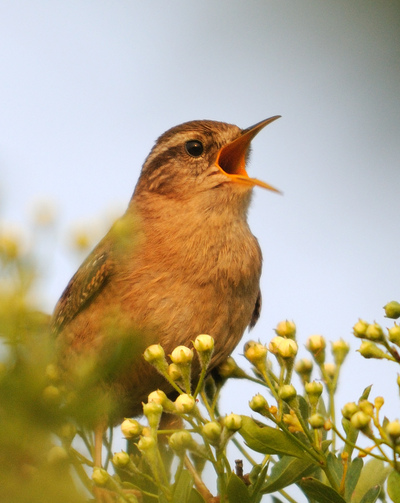Key Facts
- Length: 10cm
- Wingspan: 15cm
- Weight: 10g
- Average lifespan: 2 years
The diminutive wren can be found in almost any habitat, anywhere there are insects to eat and sheltered bushes or rock crevices in which to build their domed nest out of moss and twigs. In fact, the wren is the most common breeding bird in Britain.
It is scarcer in northern England and Scotland with the smallest numbers in upland areas. Wrens are a popular and welcome visitor to gardens in town and country. There are currently 8.5 million breeding wren territories.
How to Identify
A tiny brown bird with a short, cocked tail and loud voice, the wren is unmistakeable.
Where to Find
Widespread.
How People Can Help
You can help to look after wrens and other garden birds by providing food and water for them – it doesn’t matter if you have a big garden or live in a high-rise flat, there are plenty of feeders, baths and food choices out there to suit all kinds of situations. To find out more about encouraging wildlife into your garden, visit our Wild About Gardens website: a joint initiative with the RHS, there’s plenty of facts and tips to get you started.
Did you know?
Two subspecies of wren that occur in Britain, the Fair Isle wren (Troglodytes troglodytes Fridariensis) and St Kilda wren (Troglodytes troglodytes hirtensis) are listed as Priority Species in the UK Biodiversity Action Plan because both are endemic breeding birds of their respective isles in Scotland.
Similar Species
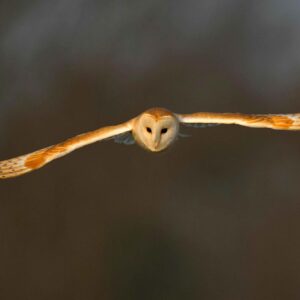
Barn Owl
- Birds
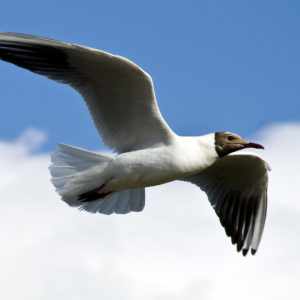
Black-Headed Gull
- Birds
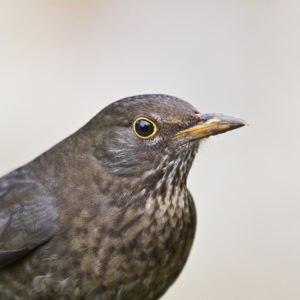
Blackbird
- Birds
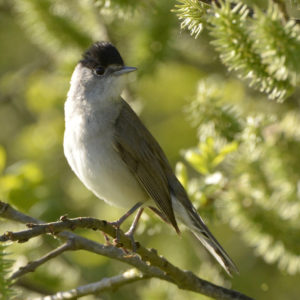
Blackcap
- Birds
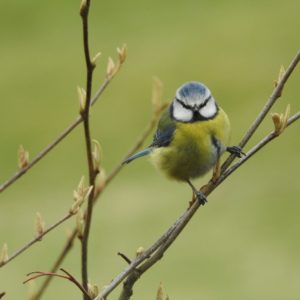
Blue Tit
- Birds
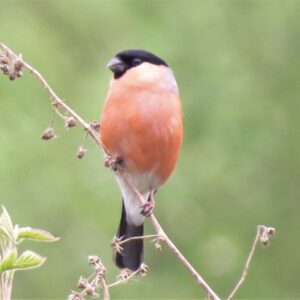
Bullfinch
- Birds
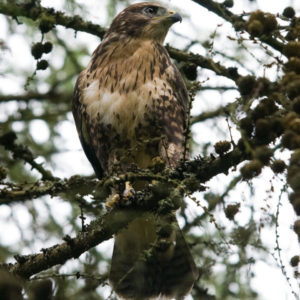
Buzzard
- Birds
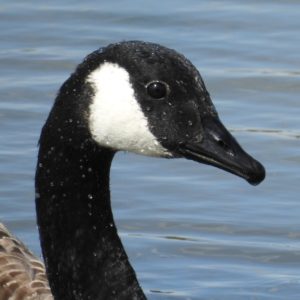
Canada Goose
- Birds
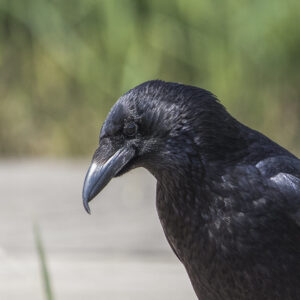
Carrion Crow
- Birds
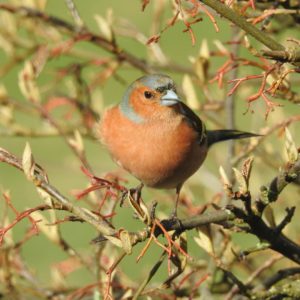
Chaffinch
- Birds
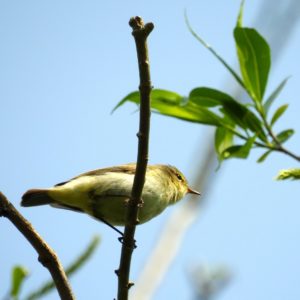
Chiffchaff
- Birds
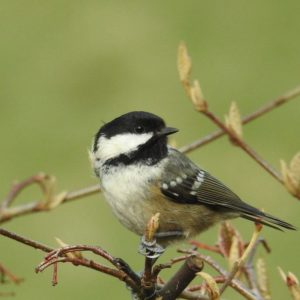
Coal Tit
- Birds
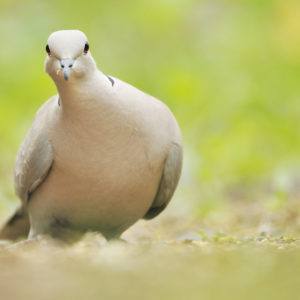
Collared Dove
- Birds
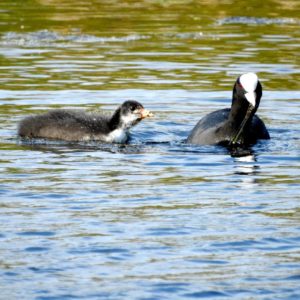
Coot
- Birds
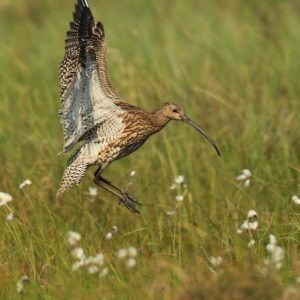
Curlew
- Birds
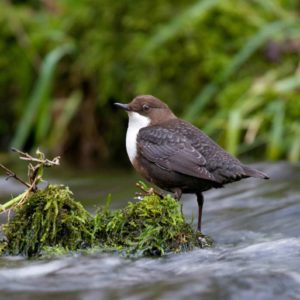
Dipper
- Birds
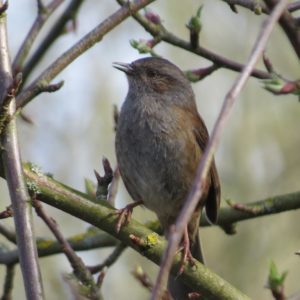
Dunnock
- Birds
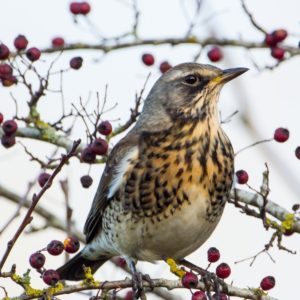
Fieldfare
- Birds
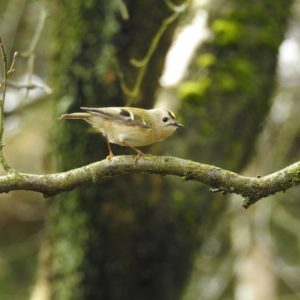
Goldcrest
- Birds
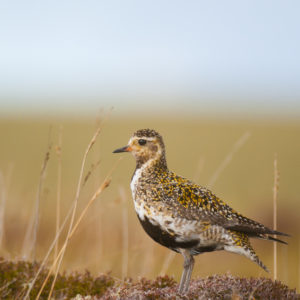
Golden Plover
- Birds
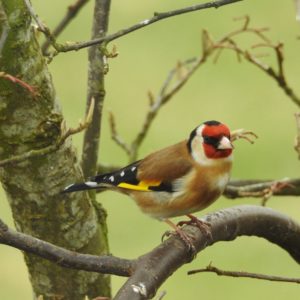
Goldfinch
- Birds
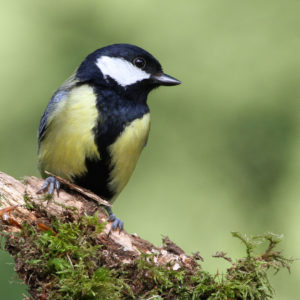
Great Tit
- Birds
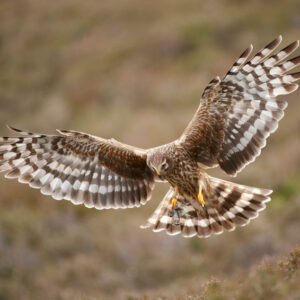
Hen Harrier
- Birds

Herring Gull
- Birds
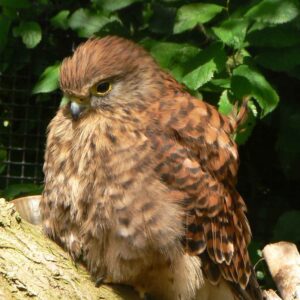
Kestrel
- Birds
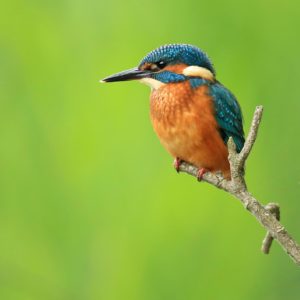
Kingfisher
- Birds
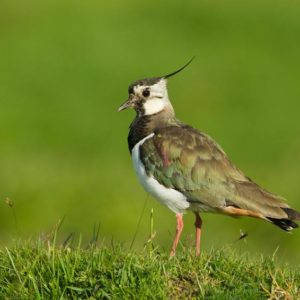
Lapwing
- Birds
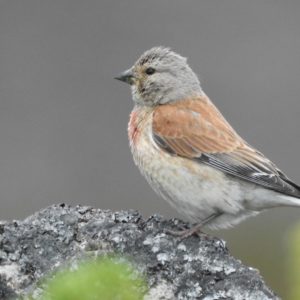
Linnet
- Birds
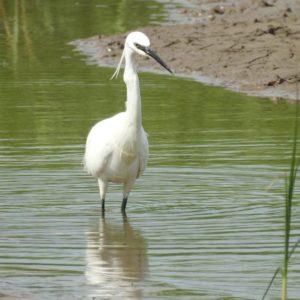
Little Egret
- Birds
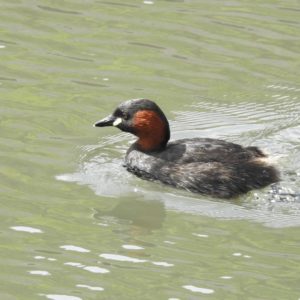
Little Grebe
- Birds
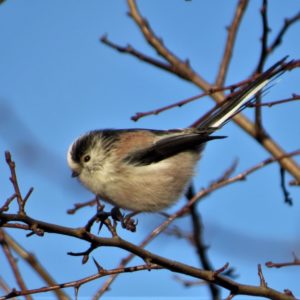
Long-Tailed Tit
- Birds
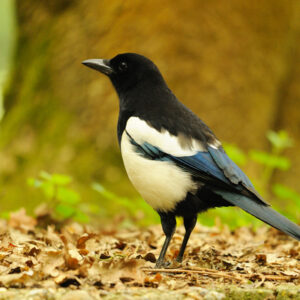
Magpie
- Birds
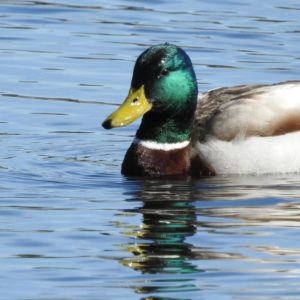
Mallard
- Birds

Mandarin Duck
- Birds
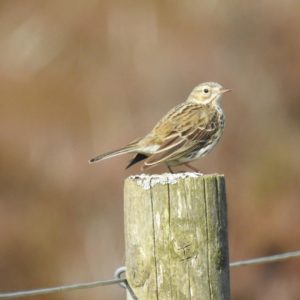
Meadow Pipit
- Birds
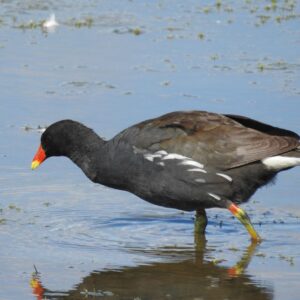
Moorhen
- Birds
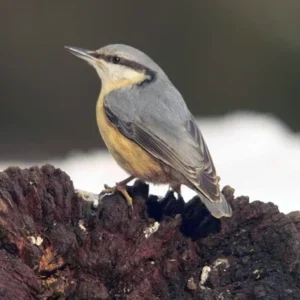
Nuthatch
- Birds
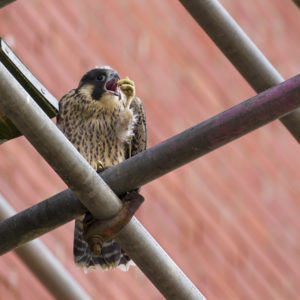
Peregrine falcon
- Birds
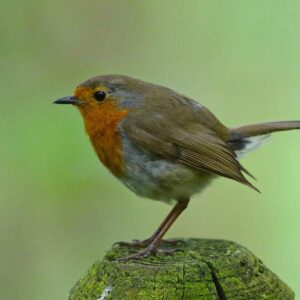
Robin
- Birds
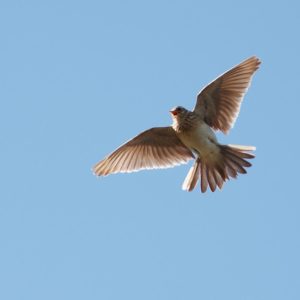
Skylark
- Birds
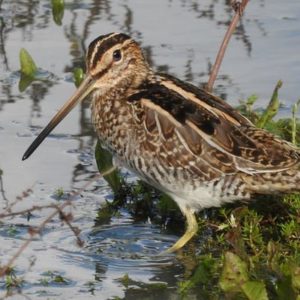
Snipe
- Birds
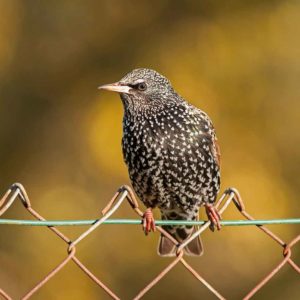
Starling
- Birds
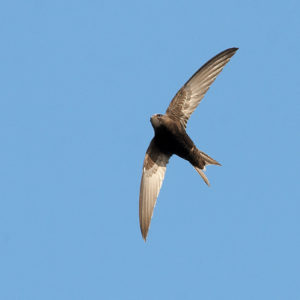
Swift
- Birds
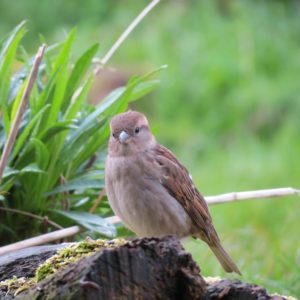
Tree Sparrow
- Birds
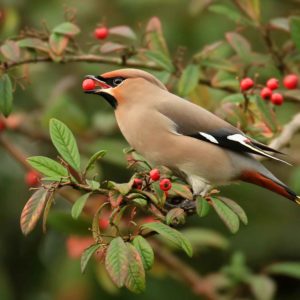
Waxwing
- Birds
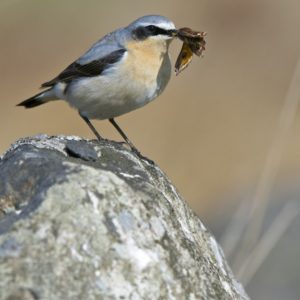
Wheatear
- Birds
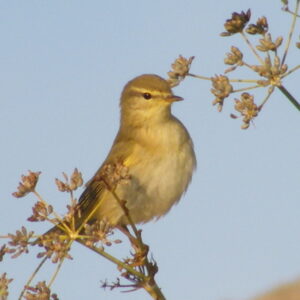
Willow Warbler
- Birds
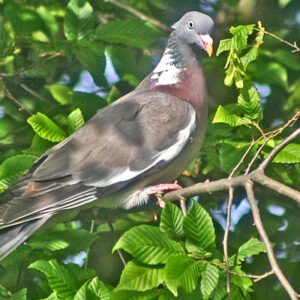
Wood Pigeon
- Birds
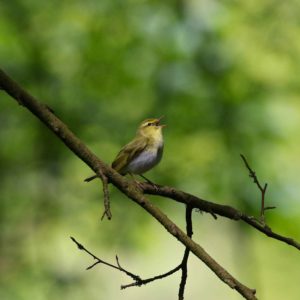
Wood Warbler
- Birds
